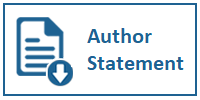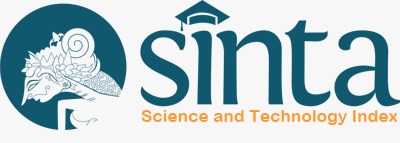The Audience's Response to Gender Relation Campaign of Ketchup Brand on Youtube
DOI:
https://doi.org/10.31937/ultimacomm.v12i1.1323Abstract
Currently, the rapid usage of the Internet as a tool or medium of communication and information, including media campaign to society, is popular to spread the idea(s), thought, even ideology. YouTube, as one of the popular video-sharing social media, is vivacious and potential to get the audience's attention and responses accordingly to the design(s) like ABC as one of the brands of complementary food (sauce/ketchup) has done. This research tries to find the audience's responses to gendered-relations campaign through the new media, particularly through social media (YouTube). Based on reader-response theory and using [dominantly] qualitative text online analysis, this research attempts to find the variety of the audience's response to the Campaign. Finally, this research finds that basically, the responses are implicit and explicit. The explicit means that the icon like and unlike identifies the audience's positive and negative responses. The implicit response appears in the comment section, both verbal and nonverbal (such as emoticon). We can catch many comments about gender relations. Even between wife-husband (spousal relationship), the dichotomy still exists and shows a negative-positive pole. The diverse responses/comments presented by the audiences seem to be influenced by several factors, such as values of the culture, education, family, environment, society, and religion. It seems that the campaign as a digital marketing strategy has affected the audiences to involve in spreading the idea, called as the word-of-mouth effect.
Keywords: audience response, Campaign, gender relation, social media, digital marketing
Downloads
Downloads
Published
How to Cite
Issue
Section
License
Ultimacomm Jurnal Ilmu Komunikasi allows readers to read, download, copy, distribute, print, search, or link to its articles' full texts and allows readers to use them for any other lawful purpose. The journal allows the author(s) to hold the copyright without restrictions. Finally, the journal allows the author(s) to retain publishing rights without restrictions
1. Authors are allowed to archive their submitted article in an open access repository
2. Authors are allowed to archive the final published article in an open access repository with an acknowledgment of its initial publication in this journal















